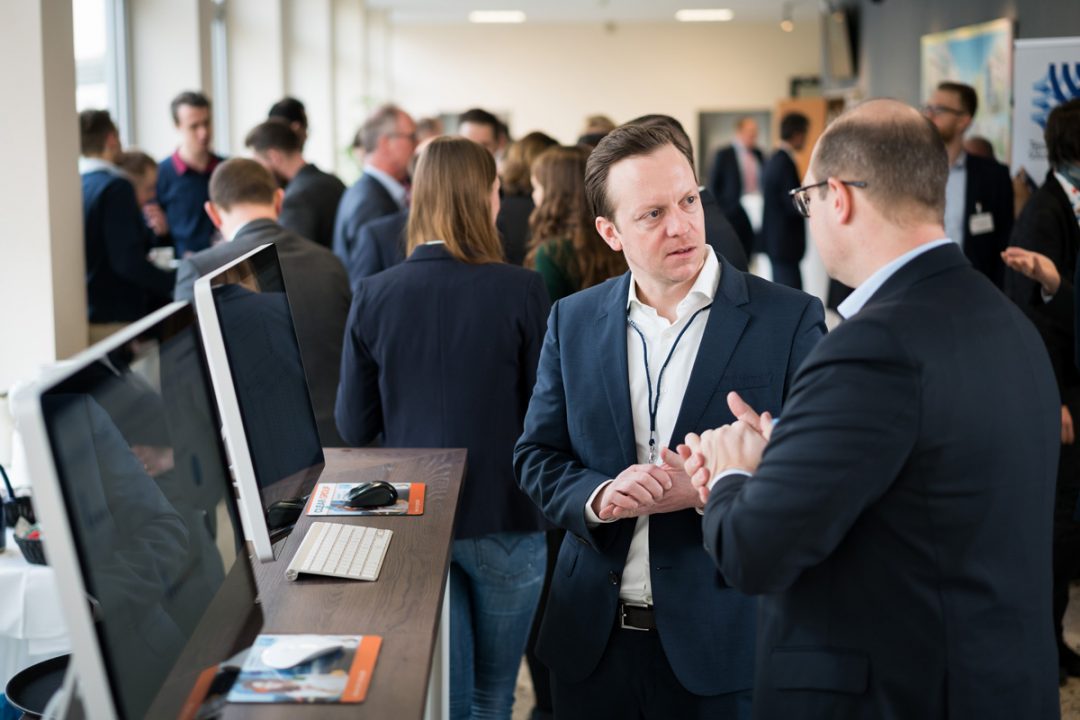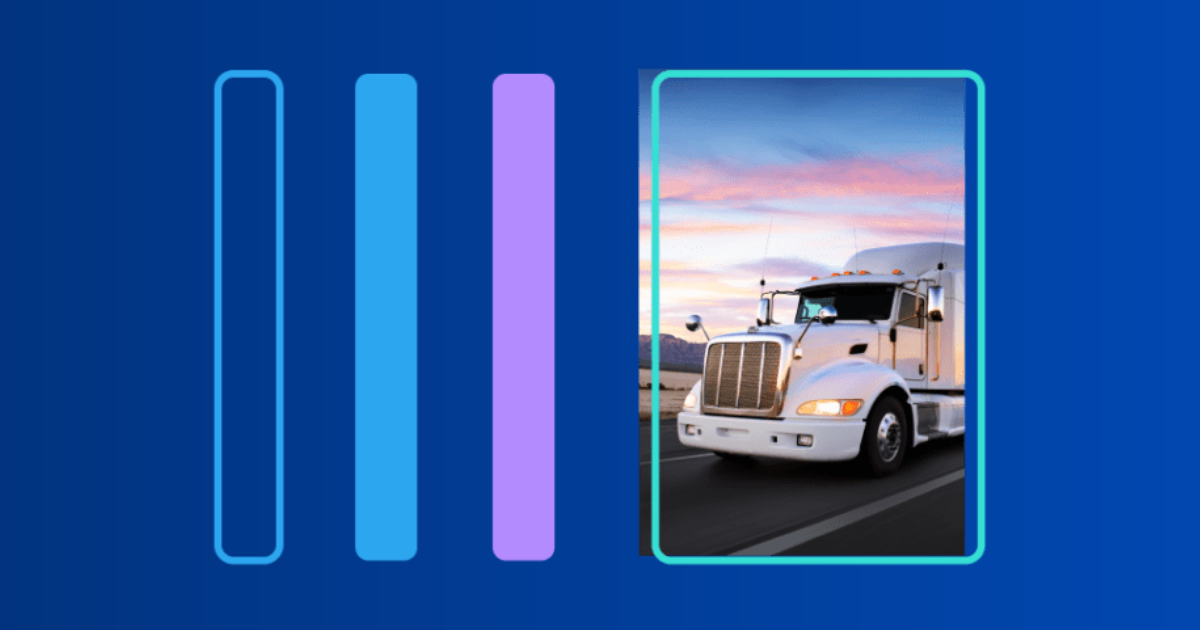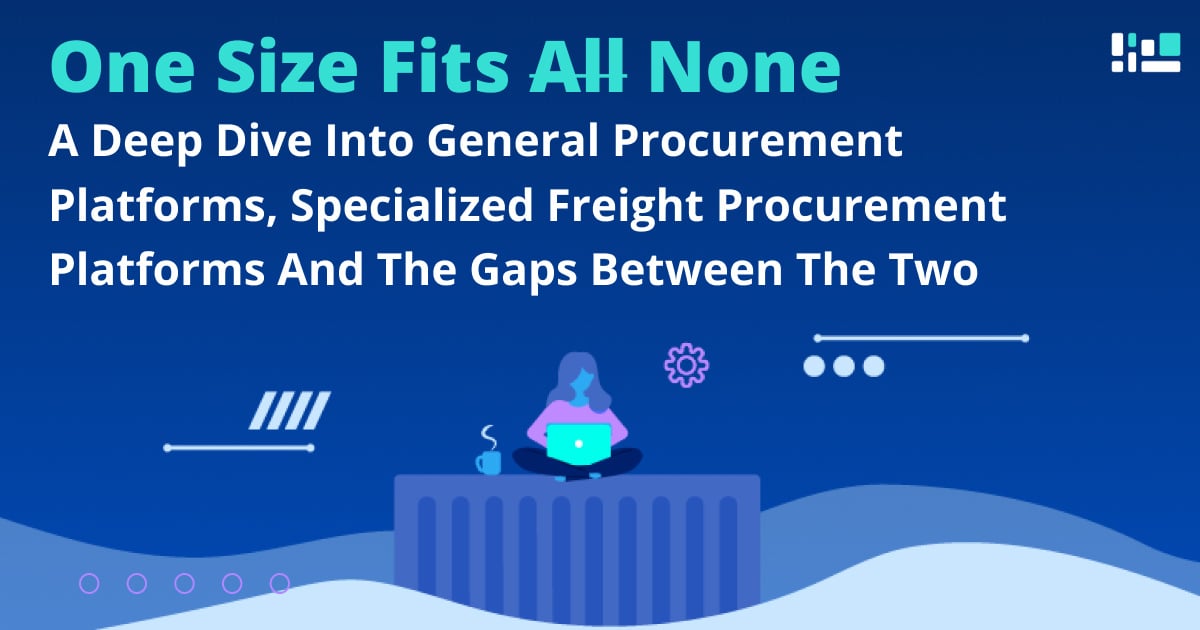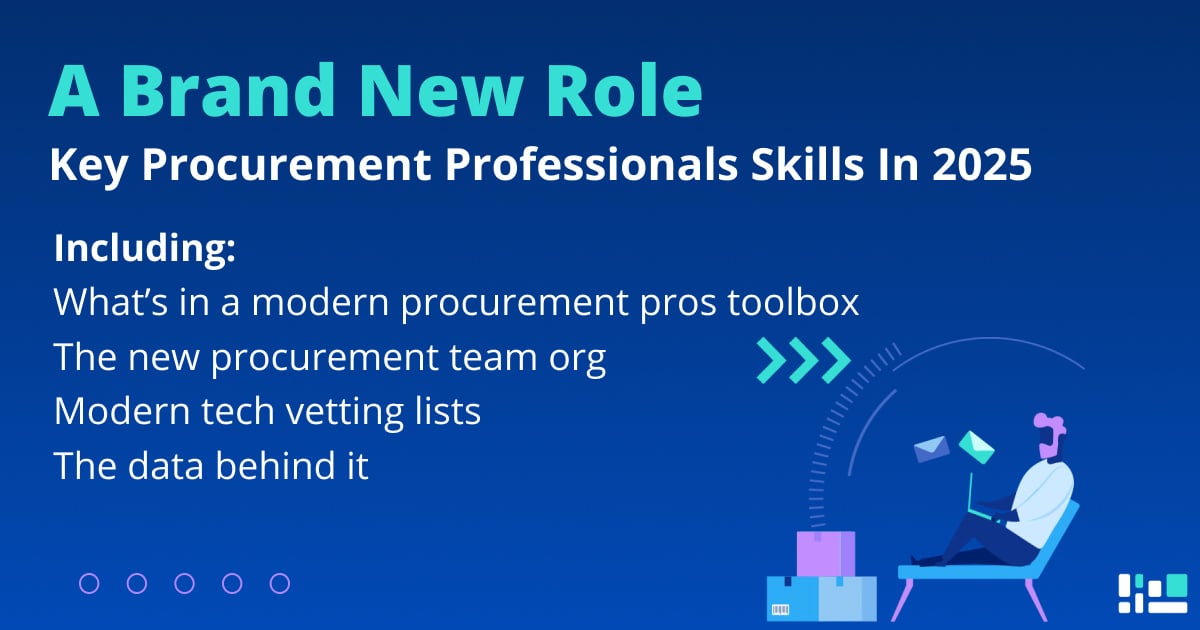Whether online shopping at home, digital learning at school, or intelligent software at work: The digital transformation is becoming more noticeable in more areas of life. In the private sector, we like to take advantage of the digital benefits of countless apps, but the changes in the workplace are not so carefree. We must ask ourselves: Will machines, artificial intelligence and smart algorithms work better and faster than humans? Will this perhaps lead to the loss of millions of jobs? It’s possible. But at the same time this will also create a number of new jobs. According to a study by the World Economic Forum, 75 million people could lose their jobs by 2022, but 133 million new jobs could be created at the same time.
As a result, the digital revolution is not only unavoidable, but it is also a huge opportunity, especially for logistics, an industry that has spent (too) much of its time in an analog Sleeping Beauty sleep – but which has now gained a foothold in the digital age. Here are five signs that logistics is in the midst of digital change.
1. Millions for the future: Increasing investments in logistics start-ups
The extent to which the digital change in logistics has already been pronounced can be seen from the millions of euros invested in new logistics start-ups. Recently, the young Munich start-up Smartlane was supported by the well-known investor Frank Thelen on television.
While Smartlane wants to optimize its transport system through innovative order management and flexible fleet management, another strongly promoted start-up is committed to the European parcel shipment of the future: Seven Senders has just collected 16 million euros in a Series B round, after the Berlin startup had already received 6.5 million euros in the previous financing round. Two examples among many that show just how much investors are interested in the digitization of the logistics industry – and believe in the potential of digitized transportation.
2. Better late than never: traditional freight forwarders want to get digitally involved
Although mostly young startups stand for the digital transformation of logistics, more and more long-established forwarding companies, such as Hapag Lloyd and Kühne + Nagel, are investing in solutions that benefit from digitalization. Instead of simple Request For Quote software, these companies implement fully networked online solutions. After all, more and more customers expect certain services such as exact arrival times or more transparency through better communication and always available live tracking.
At the global level, the logistics markets in the USA, Central and Northern Europe, and Asia, which are giving the gas in terms of digitization, are particularly outstanding. And if the trend develops in this direction, it can be assumed that more and more „old hands“ will decide to become as digitally fit as possible.

3. Advanced digitization: Internet of Things and Blockchain design Logistics 4.0
When networked machines communicate with machines, we speak of Internet of Things (IoT). In logistics, this can mean that trucks and even pallets are online, allowing seamless tracking of the location and temperatures of the transported goods and protecting them from theft. Blockchain refers to a decentralized network that is intended to offer more security and is to be tested for use in logistics through projects such as „Blockchain in Trucking Alliance (BiTA)“. Maersk is also working with IBM on its own TradeLens platform to find new ways for logistics service providers to share and view their data. However, these options are still a dream of the future – first of all, online solutions must generally establish themselves even more in logistics.
4. Digital forwarders en masse – the logistics market is booming
At the beginning of 2017, an analysis by the consulting firm Oliver Wyman showed that, on average, a new logistics start-up is set up every five days. Of course, many of these fail, but with the mass of start-ups, some also make it – after all, the logistics market is huge and worth billions. Successful international examples are FreightHub, Instafreight, Freightos or Flexport: Flexport alone, founded in San Francisco in 2013, is now worth more than a billion US dollars and works with approximately 120,000 twenty-foot standard containers a year. The advantage of startups: They offer a high degree of user-friendly software with a lot of transparency and control for the shippers.
5. Software-as-a-Service: The secret lies in the program
Instead of investing a lot of money in their own software solutions or managing a project with external IT companies, more and more traditional freight forwarders are opting for the software-as-a-service approach. This means that an existing software platform tailored to special needs is used for a fee. The digital future of logistics can thus be entered particularly quickly, easily and cost-effectively – and is therefore becoming increasingly popular. Suppliers such as SHIPSTA position themselves as pure technology companies and have specialized in software for the logistics world. The result: SHIPSTA offers an eProcurement platform – the digital purchase of freight volumes with tender results is thus possible in just a few clicks thanks to the use of algorithms and extensive market experience.
The signs for the existing digital change in logistics are more than clearly present – and, thanks to innovative drivers such as SHIPSTA, are also increasingly represented in today’s reality of transport.
About SHIPSTA
SHIPSTA powers smart logistics procurement with a digital platform that connects shippers and carriers to ensure a frictionless procurement process for spot and contract buying, entirely online. It automates complex tasks, provides unrivalled visibility and supports fast data-driven decision-making. Designed and built by experts in logistics procurement, it is bringing transparency, automation and efficiency to the global logistics industry. It is used by some of the world’s largest companies to respond to market volatility, control freight costs and manage risk. The company was founded in 2015 and is based in Mertert, Luxembourg and Hamburg, Germany.



